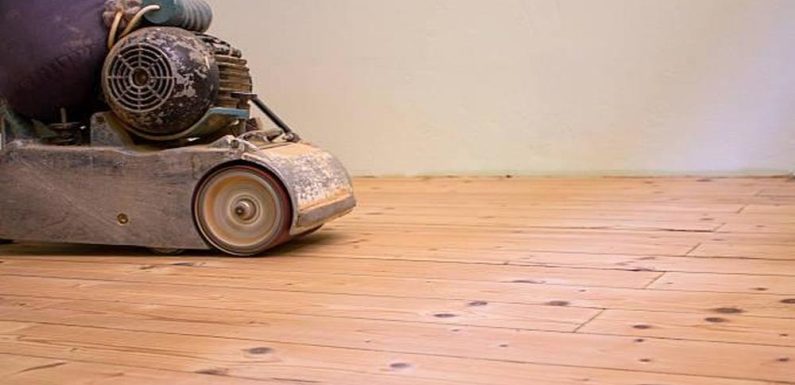
Floor sanding is the main step in retaining, maintaining, and reviving the beauty of wooden floors. If you’re scheduling to restore an old floor or give it a fresh new look then sanding is a main process that can significantly improve the appearance and longevity of your flooring. It’s essential to have an understanding of the methods and tips involved to ensure a successful floor sanding project.
● Prepare the area
Before you start the sanding process, then it makes sure the room is completely cleared of furniture, rugs, and any other items that could obstruct your work. Your area should be free from any kind of furniture.
● Select the right sandpaper
Selecting the suitable sandpaper grit which is important for achieving the desired results. Coarse-grit sandpaper is convenient for heavy-duty sanding to remove paint, old finishes, or deep scratches. Medium-grit sandpaper is perfect for refining the surface and smoothing out imperfections. Finally, fine-grit sandpaper is used for the final sanding stage to attain a smooth and polished finish.
● Practice proper sanding technique
It’s important to maintain a steady and even pressure when you start using a floor sander. Start from one corner of the room and move the sander in a smooth, back-and-forth motion, following the grain of the wood. Avoid applying excessive pressure, so as a result it can damage the floor. Always keep the sander in motion to prevent developing sanding marks or swirls on the surface.
● Pay attention to the edges
Edging is an important step in accomplishing a consistent appearance across the entire floor. So, use a handheld edge sander or a sanding block to handle the areas that the floor sander couldn’t reach, such as corners, edges, and tight spaces. Be careful not to tilt the sander too much, as it can leave uneven marks. Mix the sanded edges with the rest of the floor with the use of finer grit sandpaper.
● Dust control
Floor sanding can develop a meaningful amount of dust, which causes a health hazard. Consider using a floor sander equipped with a dust collection procedure or system or attach a vacuum to the sander to minimize dust.
● Multiple sanding passes
Usually we see, a single pass with the floor sander will not be enough to fulfill the desired results. Consider creating multiple sanding passes with progressively finer grit sandpaper to assure a smooth and flawless finish. Each pass should remove the marks which are left by the last grit and refine the surface further. Take proper time to inspect the floor between passes and address any defects or flaws before moving on to the next grit.
Conclusion
Floor sanding is a qualified process that needs patience, attention to detail, and the right methods to achieve your goal. When you follow these necessary tips, you can attain professional-quality results and breathe new life into your wooden floors. Selecting the right sandpaper, proper preparation, employing correct sanding techniques, paying attention to edges, controlling dust, and making multiple sanding passes are essential factors that contribute to a successful floor sanding project.








